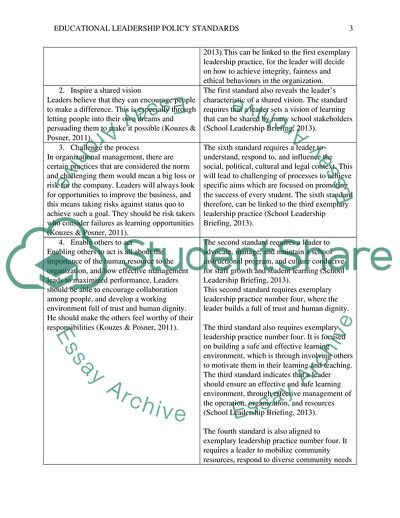Cite this document
(Educational Leadership Policy Standards Essay Example | Topics and Well Written Essays - 1250 words, n.d.)
Educational Leadership Policy Standards Essay Example | Topics and Well Written Essays - 1250 words. https://studentshare.org/education/1811405-educational-leadership-policy-standardsisllc
Educational Leadership Policy Standards Essay Example | Topics and Well Written Essays - 1250 words. https://studentshare.org/education/1811405-educational-leadership-policy-standardsisllc
(Educational Leadership Policy Standards Essay Example | Topics and Well Written Essays - 1250 Words)
Educational Leadership Policy Standards Essay Example | Topics and Well Written Essays - 1250 Words. https://studentshare.org/education/1811405-educational-leadership-policy-standardsisllc.
Educational Leadership Policy Standards Essay Example | Topics and Well Written Essays - 1250 Words. https://studentshare.org/education/1811405-educational-leadership-policy-standardsisllc.
“Educational Leadership Policy Standards Essay Example | Topics and Well Written Essays - 1250 Words”. https://studentshare.org/education/1811405-educational-leadership-policy-standardsisllc.


